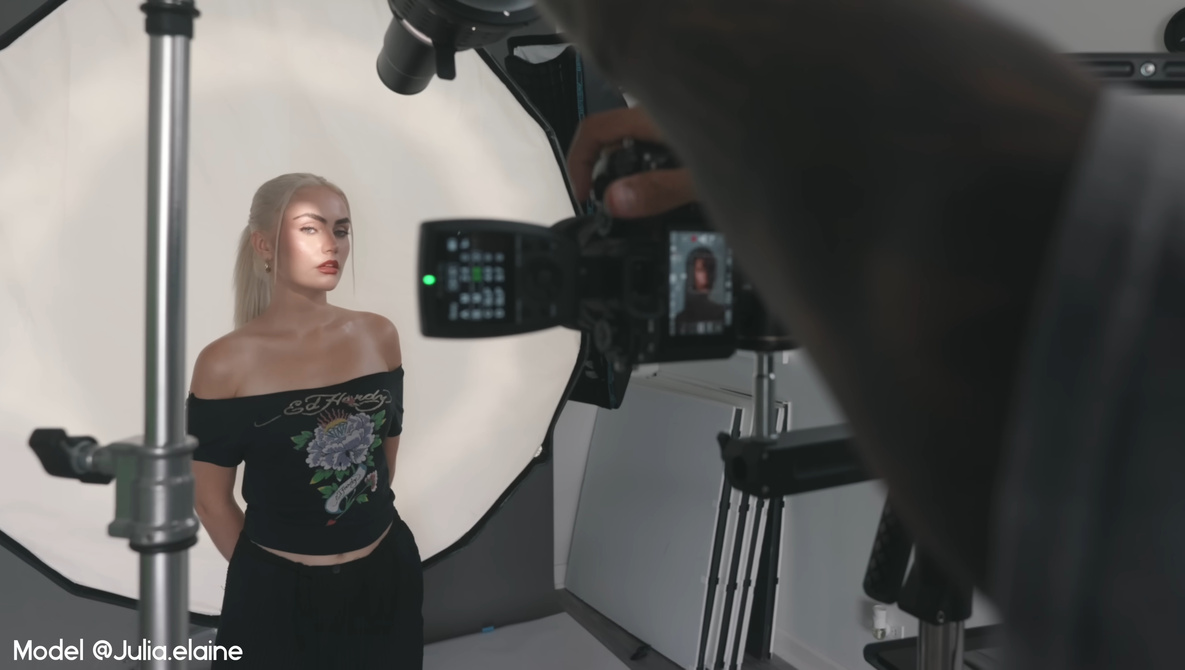Matching medium format files against today’s best full frame options isn’t just a technical exercise. It can reveal exactly where the differences show up and when they don’t matter at all. In certain lighting situations, the gap between these formats shrinks, and in others, it’s clear why some people pay more for that larger sensor.
Coming to you from Manny Ortiz, this detailed video revisits a previous medium format versus full frame shoot. Ortiz takes the Hasselblad X2D, Sony a1, and Canon R5 Mark II into a fairer comparison by adjusting color profiles and matching tones more closely. Once corrected, he highlights where medium format still edges ahead, mainly in smoother tonal transitions and more lifelike midtones. Even then, he points out that modern full frame files can hold their own unless you’re looking very closely, which makes the differences more of a niche advantage than a universal one.
The discussion also moves to the Fuji GFX100 II against the Sony a7R V. With high-quality lenses on both systems, Ortiz demonstrates what he sees as “3D pop,” especially visible in skin texture and subtle gradations from light to shadow. In these examples, medium format’s depth and richness stand out more clearly, though he’s quick to credit the lens as a major factor. The takeaway is that glass selection plays a huge role, so much so that a great lens on a full frame sensor can sometimes push results into medium format territory for far less cost.
Ortiz also takes on the practicality of seeing these differences outside of pixel-level scrutiny. He tests prints and acknowledges that at common sizes, even close-up crops won’t reveal much distinction to most people. While he initially tried to avoid overly technical comparisons, he recognizes that tonal transitions and color rendering inevitably bring him back to them. Check out the video above for the full rundown from Ortiz.
